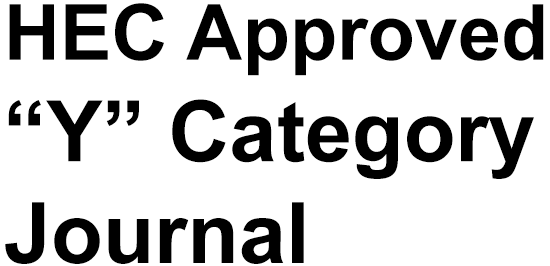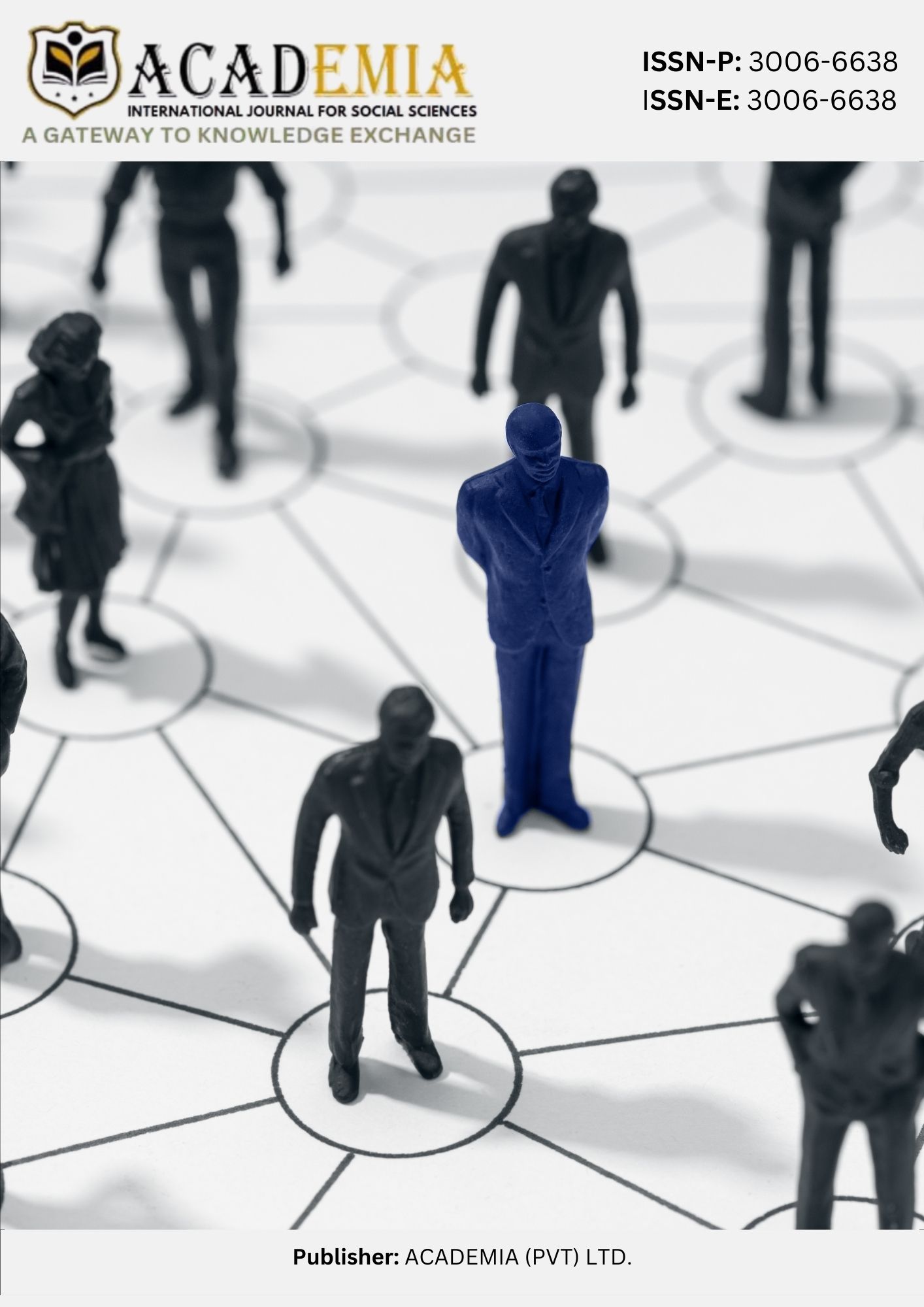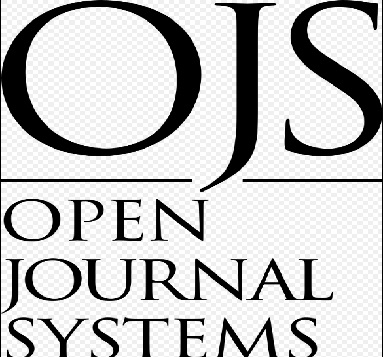The Silent Offender: Unmasking White‑Collar Crime through the Lens of Forensic Science and Psychology
DOI:
https://doi.org/10.63056/ACAD.004.03.0657Keywords:
White-collar crime, forensic science, forensic psychology, criminology, corporate fraud, digital forensics, financial forensics, psychological profiling, moral disengagement, regulatory weaknesses, Enron scandal, Bernie Madoff, Theranos, corporate governance.Abstract
White-collar crime has long remained an underexplored yet devastating category of criminality, often concealed behind positions of power, legitimacy, and respectability. Unlike conventional street crime, it does not provoke public outrage or immediate fear but instead inflicts long-term and far-reaching economic, political, and social harm. Its hidden nature, coupled with the involvement of elites, renders detection and prosecution particularly complex. This article seeks to unmask the “silent offender” by analysing white-collar crime through the dual lenses of forensic science and forensic psychology, with special attention to the Pakistani context and comparative insights from international jurisdictions. Forensic science has now become an unavoidable commodity in the detection of fraud, whereby forensic accounting, digital forensics and cyber evidence have helped in converting the abstract financial manipulations to effective admissible legal evidence. Other techniques, for instance, tracing shell companies, recovering deleted data, and money trail analysis can be used to uncover conduct that would otherwise go undisclosed. Forensic document examination and financial forensics can be indispensable in cases where a forged contract detail is at issue, forged revenue, and laundering schemes, as often the matter comes down to technical details which financial forensics and forensic document examination can prove in a court of law. Forensic psychology augments the other scientific instruments by providing reasons as to why individuals of privilege and social respectability can commit such improper acts. Cressey has suggested the use of the so-called postulates of the fraud triangle, and the analysis will focus on how pressure, opportunity, and rationalisation are combined to help engage in wrongdoing. Narcissism, entitlement, manipulativeness, resistance to oversight, and others are often found among offenders, whereas criminological theories, strain, differential association, and control theory demonstrate how the organisational culture of a company legitimises immoral actions and how the softened institutions destroy the moral bounds. The theoretical discussion is supported by the case law. White-collar crime is a scar on governance and can be seen in one of the most well-known cases in Pakistan, the Hudaibiya Paper Mills case, the Modaraba scandal, and the Axact fake degree scandal. Cross-border, high-profile cases such as Enron, Bernie Madoff's Ponzi scheme, and Wirecard exhibit the same patterns of manipulation, deception and structural malfunction. Finally, the paper discusses that white-collar crime must be combated through skills other than technical investigations. Successful prevention as well as deterrence is contingent upon structural reforms, external control, whistle-blowing, cultural transformation of the corporate as well as political ethics, and international coordination. In the absence of such efforts, white-collar crime will remain a moribund but insidious element which eats away at institutions, economies and confidence in the challenging of justice.
Downloads
Published
Issue
Section
License
Copyright (c) 2025 Samia Parveen (Author)

This work is licensed under a Creative Commons Attribution 4.0 International License.












